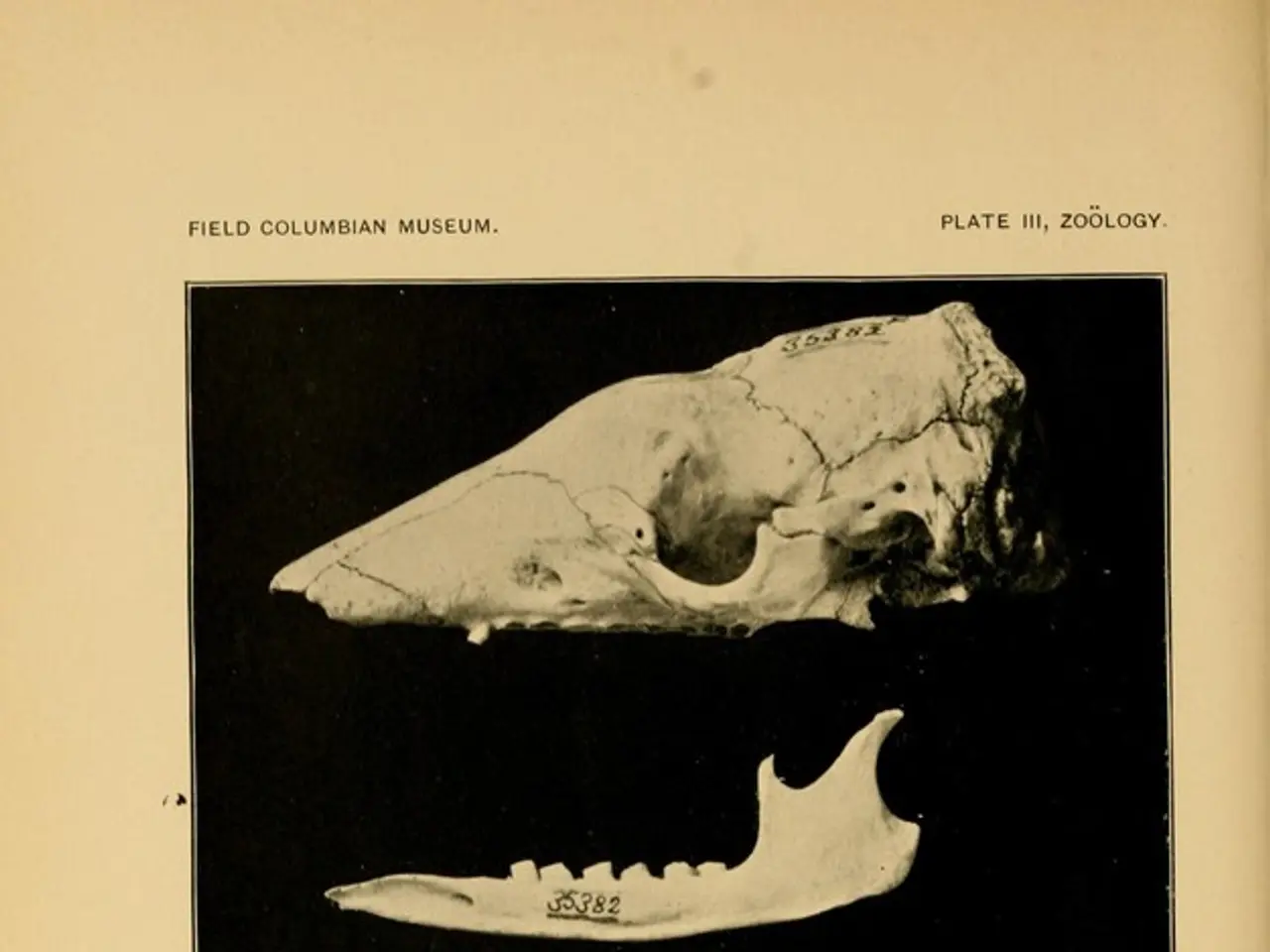Medial Cuneiform Bone: Key to Mid-Foot Structure and Mobility
The medial cuneiform bone, located in the middle of the foot on the inner side, plays a crucial role in the mid-foot joints. Shaped like a wedge, it is the largest of the cuneiform bones and serves as an anchor for several ligaments.
The medial cuneiform, situated behind the first metatarsal and in front of the navicular, forms part of the mid-foot joints alongside the first and second metatarsals, the navicular, and the intermediate cuneiform. This bone articulates with these neighbouring bones, facilitating the complex movements of the foot.
Its unique wedge shape allows it to withstand significant pressure and stress during walking and running. Moreover, the medial cuneiform provides attachment points for ligaments connected to the peroneus longus and tibialis anterior muscles, supporting the arch of the foot and aiding in its stability and mobility.
The medial cuneiform bone, due to its size, shape, and location, is integral to the structure and function of the mid-foot. It contributes to the foot's articulation, stability, and mobility, making it a vital component of our complex lower limb anatomy.





